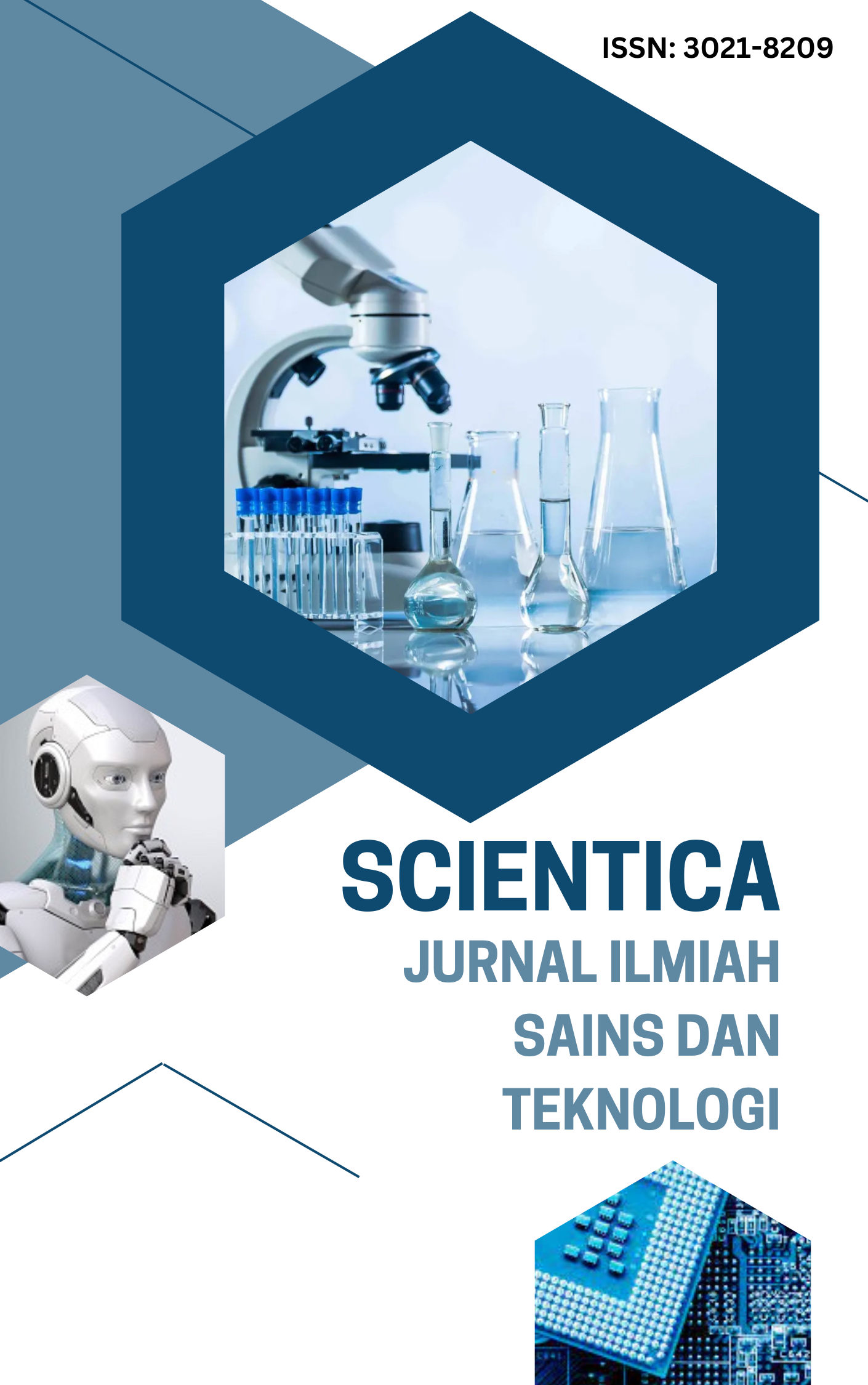APPLICATION OF CLUSTERING METHOD TO IDENTIFY CRIME-PRONE AREAS IN MENTAWAI ISLANDS DISTRICT USING K-MEANS ALGORITHM AND GEOPANDAS LIBRARY
Keywords:
Crime, Clustering, K-Means, Geopandas, Folium, Population, Population DensityAbstract
Crime is a serious social problem that has a significant impact on the quality of life of the community, including in Mentawai Islands Regency. Based on data collected by the Mentawai Resort Police between 2021 and 2023, there are six types of crime that occur most frequently, namely theft, sexual abuse, maltreatment, narcotics, gambling, and domestic violence. This research uses K-Means clustering method to identify crime-prone areas by considering the number and density of population. The data used in this study includes information about the location of the incident, the number of criminal incidents, population and population density, which is then analyzed using the Geopandas library and Folium library for visualization. After clustering the data of crime-prone areas using the K-Means clustering method, three clusters with different characteristics were formed. The first cluster includes six sub-district areas that are classified as not prone to crime. The second cluster consists of three sub-district areas categorized as crime-prone areas, while the third cluster includes one sub-district area that is very prone to crime. This research is expected to provide useful information for the authorities in designing more targeted security policies.
Downloads
Published
How to Cite
Issue
Section
License
Copyright (c) 2025 Dika Alkadri, Yeka Hendriyani, Khairi Budayawan, Syafrijon

This work is licensed under a Creative Commons Attribution-ShareAlike 4.0 International License.






